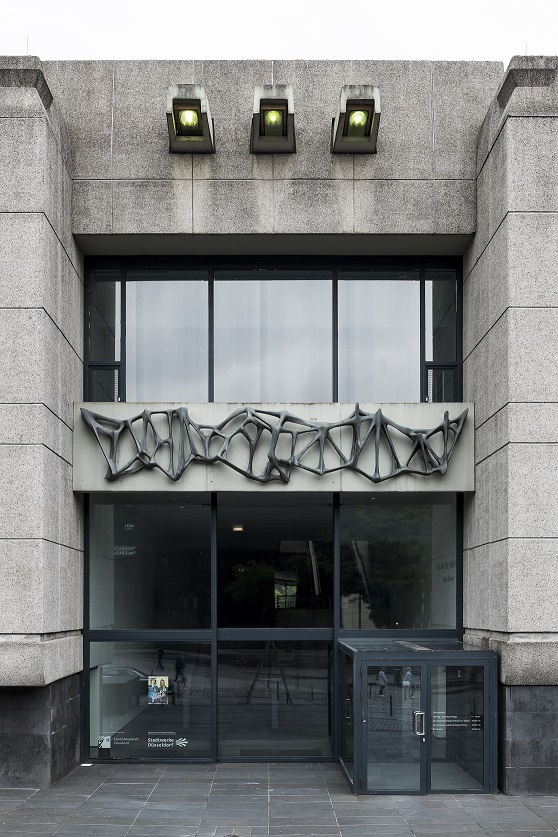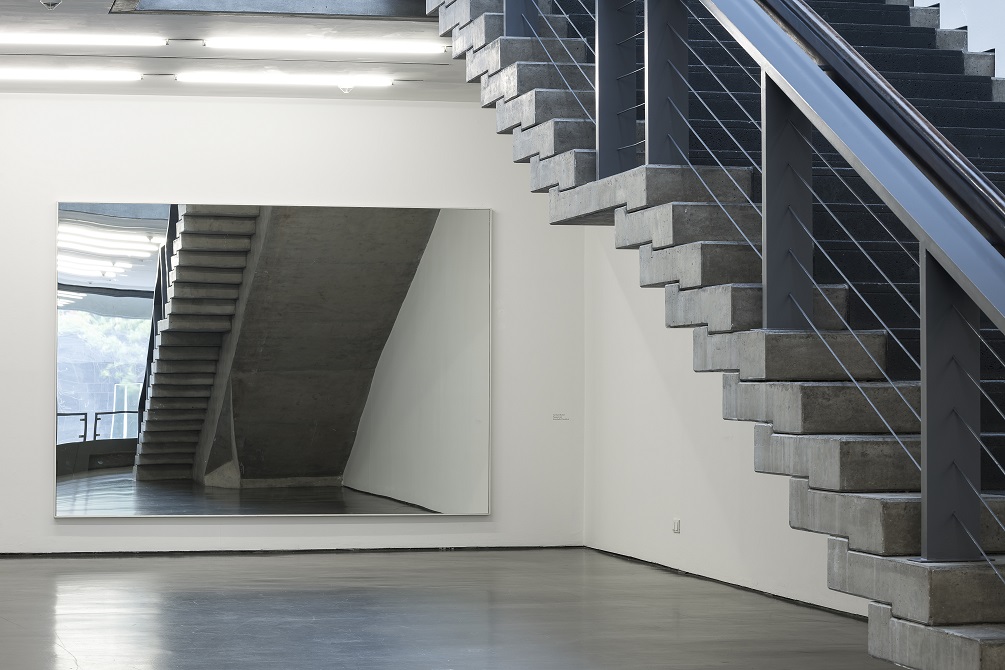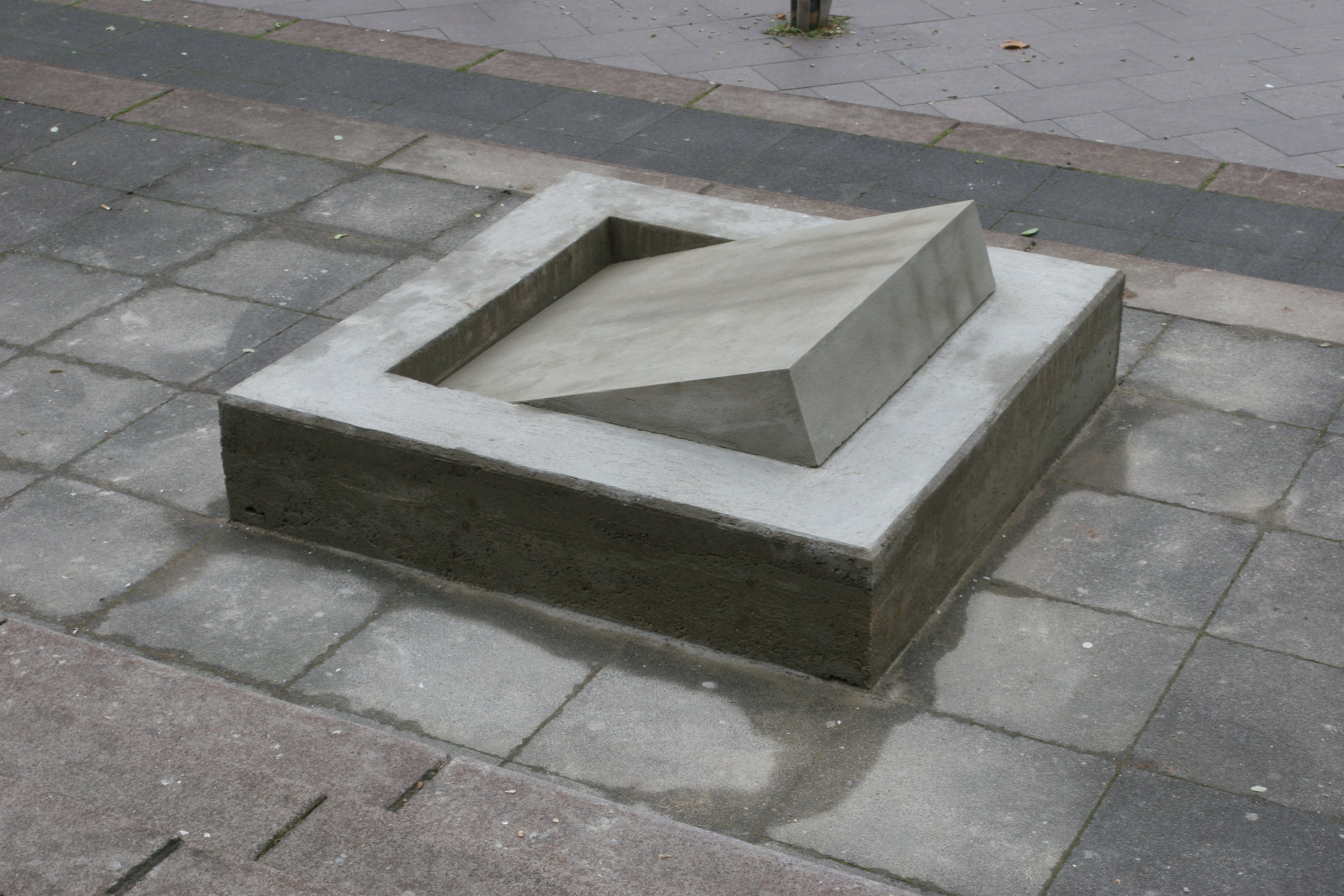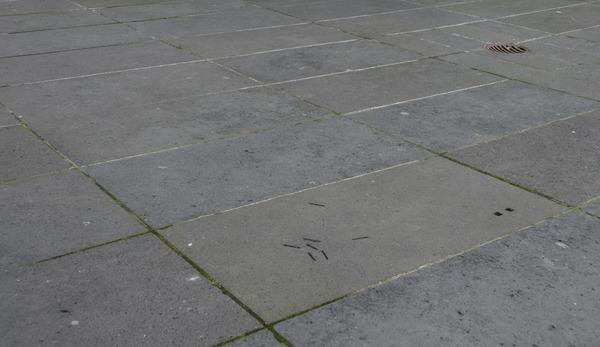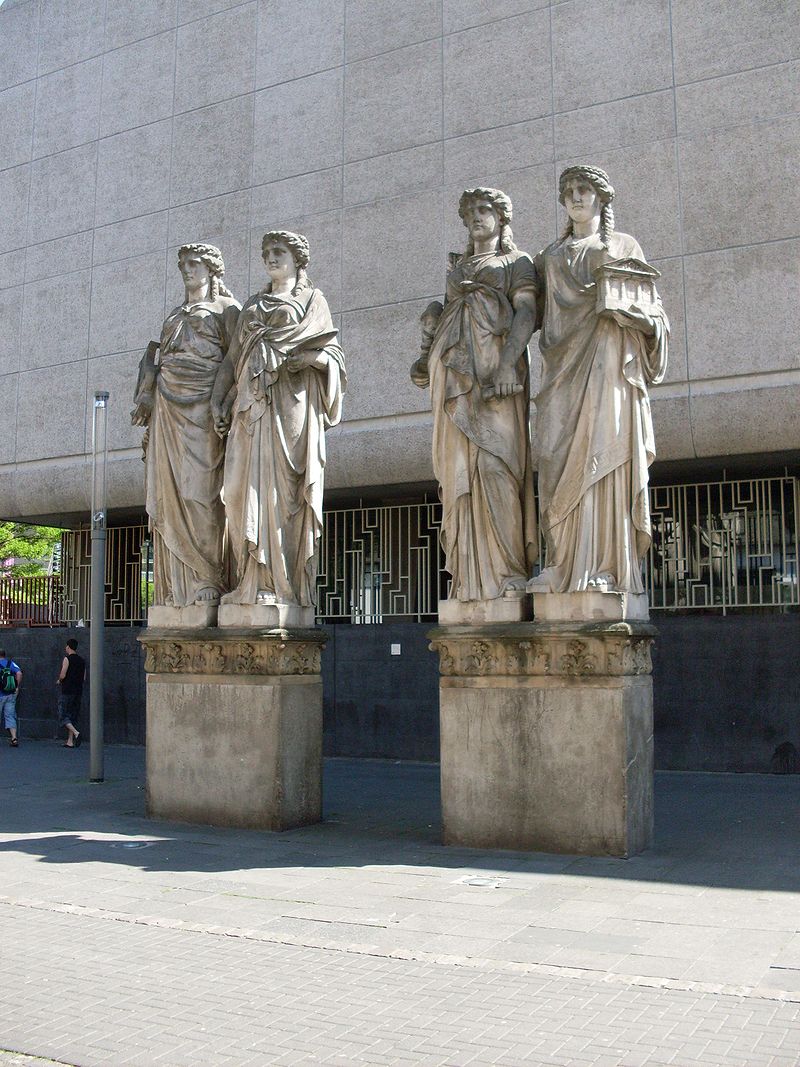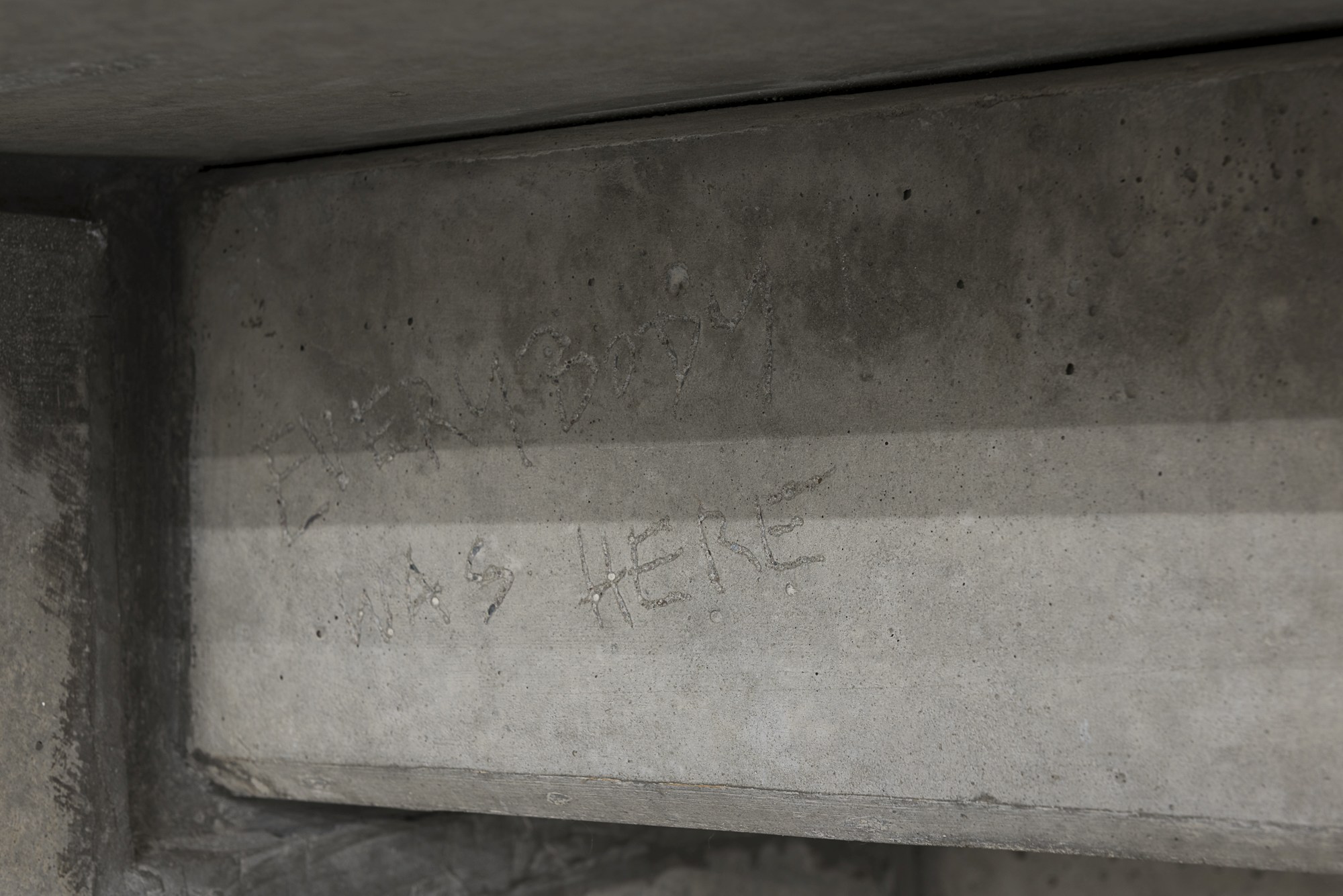The House

Experiments and explorations in art and sensory perception: Under the auspices of Gregor Jansen, the decidedly individual building on Grabbeplatz has established itself as a pool of international movements and local trends, new talent and big names. Opening its doors in 1967, Kunsthalle Düsseldorf instantly became a pillar of the art community and a temple of possibilities, a place free of bias, a nucleus of inspiration, hotbed of discussion, aesthetic pioneer and occasionally agent provocateur.
In summer 2010, the Kunsthalle hosted a long-awaited retrospective of one of Düsseldorf’s leading conceptual artists, Hans-Peter Feldmann. In spring 2011, another star of the 60s and 70s, Ferdinand Kriwet, took centre-stage with a comprehensive multimedia exhibition of works, a worldwide first in depth and scope. In 2013, Tomma Abts from London, Chris Martin from Brooklyn, Yüksel Arslan from Paris and Michael Kunze from Berlin were all hot topics of discussion, as well as the popular exhibition Living with Pop. A Reproduction of Capitalist Realism. Since 1989, Kunsthalle Düsseldorf has also regularly exhibited the work of Karl Schmidt-Rottluff scholarship holders.
In 2012/13, the exhibition format Seitenlichtsaal was introduced as a flexible project space to present issues and discourses that complement, contrasted or consolidate the themes explored in the main programme shown in the surrounding rooms. Featured artists have included Damir Očko, Matt Conners, Koo Jeong-a, Nira Pereg, Peter Land, Simon Evans, Öyvind Fahlström, Henri Chopin, Guy de Cointet and Channa Horwitz.
In 2011, the complex and multifaceted Asian art scene was established as a new focal point of the gallery, also reflecting Düsseldorf’s close economic ties with the region. In 2011, Japanese art was celebrated in the exhibition The Group 1965 (2012), all eyes were on China with the solo exhibition of Yin Xiuzhen (2012/2013), followed by Korea (2013) with the Transfer Korea – NRW exchange programme and Song Dong (2015/2016), Samson Young (2016/2017) und Liu Xiaodong (2018).
For several years, another thematic focus of the curatorial program has been questions about biological and socio-cultural conditions of being human, as well as the human body and associated questions regarding the construction of gender and identity. Exhibitions such as Real Humans (2015), Welcome to the Jungle (2018), Journey through a Body (2021), Es liebt Dich und Deine Körperlichkeit ein Verwirrter (2022), and _The Inescapable Intertwining of All Lives_(2023) have featured numerous artists whose work deals intensively with the actions, thinking, and self-conception of the human individual in the present.
The idea of complementing, contrasting or consolidating the themes explored in the main programme has been successively expanded in a number of new formats including Kunsthalle BÜHNE (2011-14), MUR BRUT (since 2014) and the much acclaimed series NACHTFOYER (since 2004).
Artworks at the Kunsthalle Düsseldorf
As a venue for temporary exhibitions, the Kunsthalle Düsseldorf does not have a collection. Yet some artworks, especially outside the building, have shaped the image of the institution.
Directly above the main entrance, as an outdoor sculpture created as part of the architectural design, Karl Hartung’s work Relief graces the facade. Next to it, Die Träne (The Tear), a relic of a performance by James Lee Byars as an homage to his fellow artist Joseph Beuys after the latter’s death, has run down the building since 1986. On a pedestal to the left of the staircase at the entrance is Habakuk by the artist Max Ernst, a work belonging to the Kunstverein für die Rheinlande und Westfalen.
Since 1969, to the left of the main entrance, there has also been a work by Michael Heizer entitled windows and matchdrops, which is etched into a concrete panel on the ground. The work Kippdeckel by Lee Thomas Taylor was installed in 2004 as part of the exhibition raumfürraum on the landing.
Walking around the building, visitors will notice another work on the facade to the right: a stovepipe sticking out of the wall above the entrance to the Kom(m)ödchen. The work was installed in 1981 for the exhibition Schwarz by Joseph Beuys and ends inside the building, in the Emporensaal, as Loch (hole). Below the work by Joseph Beuys there are four large sculptures: the Karyatiden by the sculptor Wilhelm Albermann were originally part of the portal of the old Kunsthalle Düsseldorf. They were able to be saved before the destruction of the old museum building during World War II, and they represent the four arts of music, sculpture, painting, and architecture.
In the exhibition spaces, visitors will find also works that have been donated to the Kunsthalle Düsseldorf, including at times Gerhard Richter’s Mirror from 1981 and an engraving by the artist Sophie Isabel Urban with Simon Wienk-Borgert, which has been permanently installed under the stairs on the first floor since the 2017 exhibition Academy [Working Title]. The permanent work Elastischer Fuß/Plastischer Fuß, realized by Joseph Beuys in 1969 for the exhibition PROSPECT 69, is located in the small storage area next to the auditorium. Today Beuys’s work is no longer visible due to the installation of a second escape route for the auditorium and the theater space at the Kom(m)ödchen.
